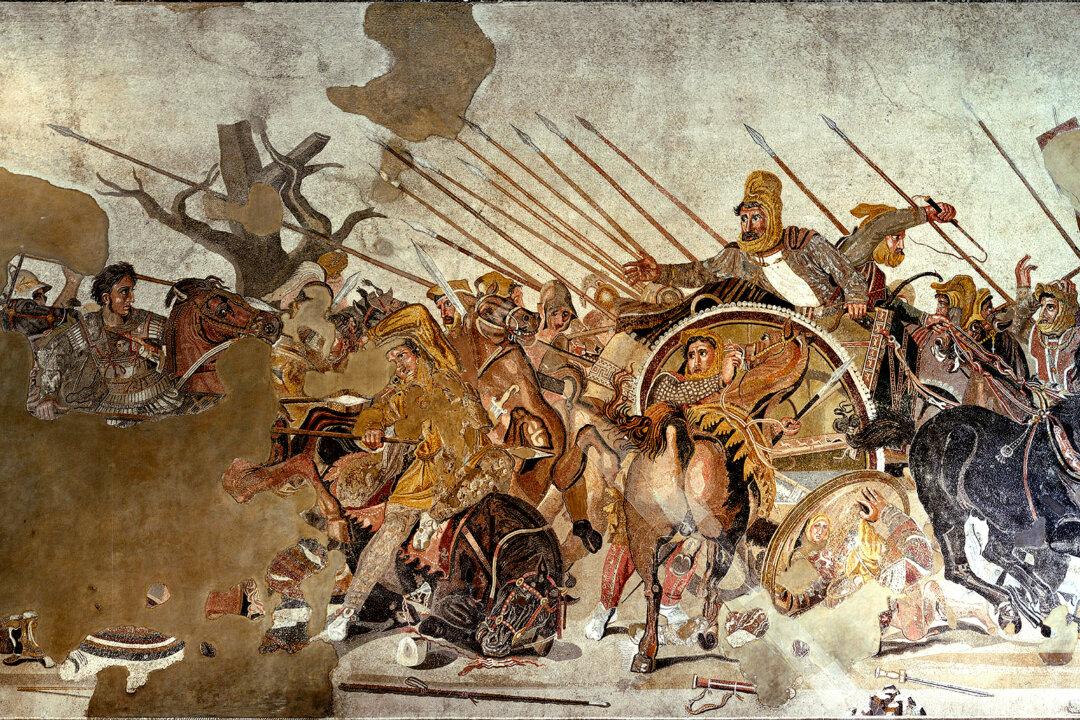Earlier this year, a magnificent find by archaeologists yielded a structure lost to time, a military stronghold used by Genghis Khan and his army as they conquered the known world. The final resting place of the great conqueror, however, remains a mystery despite intense interest from researchers worldwide.
Legend has it that all 2,000 witnesses returning from Genghis Khan’s funeral were killed to keep the resting place of the Mongolian warlord a secret. Whether this story is true or not, we may never know. But, the fact remains that after decades of searching and with millions of dollars invested in the use of all means, including modern satellite imaging technology, his final resting place is still a well-kept secret.
Temujin
Meaning “of iron,” Temujin, better known as Genghis Khan, lived up to his name as he conquered nearly all of the Eastern world during the late-12th and early-13th centuries.
Born in 1162 A.D., he would ultimately be responsible for building an empire that stretched from the Pacific Ocean to what is today Hungary in Eastern Europe. This empire was the largest the world has ever seen. Historians at the Metropolitan Museum of Art compare Genghis Khan’s influence on the Eastern world to that of Alexander the Great on the West.





